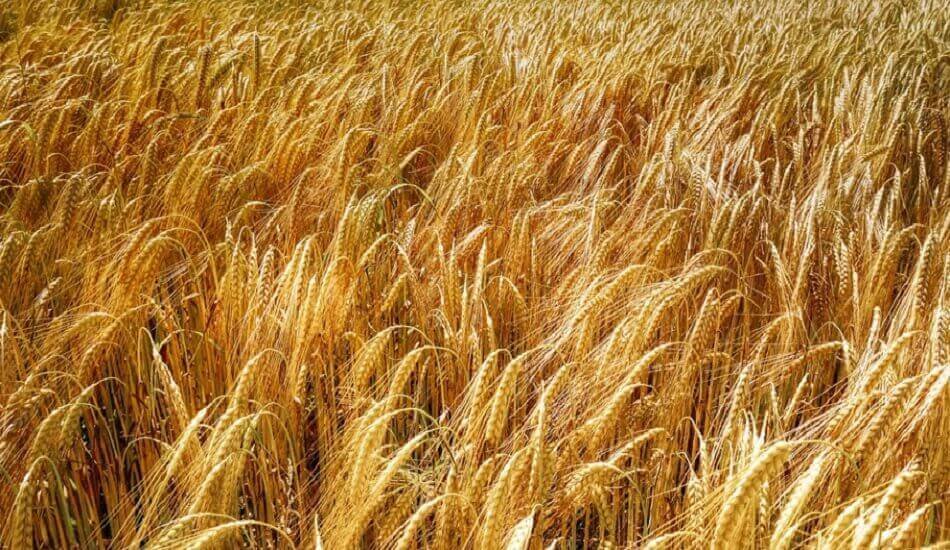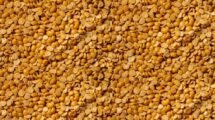Growers of major rabi crops — wheat, mustard, masur, and barley — are receiving more than the minimum support prices (MSPs) this year, despite the fact that mandi arrivals of most crops are higher during the harvest of winter crops from April 1 to 13.
Only chana, the main rabi-grown pulse, has a farm-gate price that is 9% lower than the MSP of ₹5,230/quintal. According to Agmarknet’s mandi price data, while average mandi prices are up 3-66 percent from their respective MSPs so far this month, they are up 6-67 percent from a year ago for crops other than chana.
Also Read | Centre would form committee on MSP as soon as it receives names from SKM: Tomar.
Impact of the Russia-Ukraine war
Rabi crop prices are higher this year due to increased demand for wheat, rice, and maize exports as a result of the Russian-Ukraine war. The war has also impacted barley imports, raising domestic prices, while sunflower oil imports have increased mustard prices.
‘Normally, when arrivals increase, prices fall.’ However, with the exception of barley, all other crops have seen higher mandi arrivals this year, despite the fact that traders are freely buying outside mandis in Uttar Pradesh, Madhya Pradesh, Rajasthan, and Gujarat,’ said SB Goyal, a Delhi trader.
The mustard crop arrivals in India have increased by 12%. The supply of mustard in Rajasthan, which accounts for nearly half of total production and area, is down 25% from a year ago. Nonetheless, mandi prices for the oilseed are 25% higher than MSP in Rajasthan and across India.
‘Last year, we heard that mustard farmers were paid up to ₹8,000 per quintal.’ But we only got ₹6,400/quintal this year,’ said Anupam Singh Rajawat, a farmer in Uttar Pradesh’s Jalaun district who had switched from green peas seeds to oilseeds on 15 acres. ‘At the current price, mustard is not as profitable as peas (seeds),’ he said.
Another farmer, Naresh Singh of Jalaun, is waiting to sell his mustard when prices rise further because he expects to get higher prices. He is also a first-time mustard grower, having switched from peas (seeds). ‘I can hold the crop until next January, but I’m hoping for a price increase before October,’ said Singh, who is expecting to harvest more than 10 tonnes of mustard from eight hectares.
Last year, mustard prices in Rajasthan began at ₹5,116/quintal in March (average for the month) and rose to a high of ₹7,899/quintal in September before falling to ₹7,123 in January 2022 before rising to ₹7,866 the following month. However, the new crop this year began at ₹6,427 in March and fell to 6,295 in April (1-13).
‘There was a significant increase in mustard area because everyone expected high prices similar to last season.’ Fortunately, prices are at or above MSP. Otherwise, we would have suffered a significant loss as a result of our relocation from Matar,’ Rajawat explained.
Despite the fact that wheat prices are above the MSP of ₹2,015 per quintal in all states, Gujarat farmers have reaped the greatest benefits from the current surge, which has been fueled by record export contracts as a result of the Russia-Ukraine conflict. However, pan-India average mandi prices are now 2.8 percent higher than MSP and 2.5 percent higher than the benchmark rate in Madhya Pradesh, which has so far recorded the highest mandi arrivals of any state.
Also Read | Govt play yet another ‘trick’ of forming MSP committee after elections: Surjewala.
The highest increase in mandi prices among all rabi crops has been in barley, which has increased by 67% (₹2,713/quintal) across India from MSP during April 1-13, and by 73% (₹2,824) in Rajasthan, the largest producer.
A major demand during the farmers’ agitation was for a legal guarantee of MSP. ‘If market rates remain higher than MSP in the coming years, this demand will have no value, even for farmers,’ a member of the Supreme Court-appointed committee said.
Farmers’ higher returns will almost certainly benefit the rural economy. In addition to jewellery, it should bring joy to the hearts of manufacturers of white goods, FMCG items, two-wheelers, four-wheelers, and tractors.















Add Comment